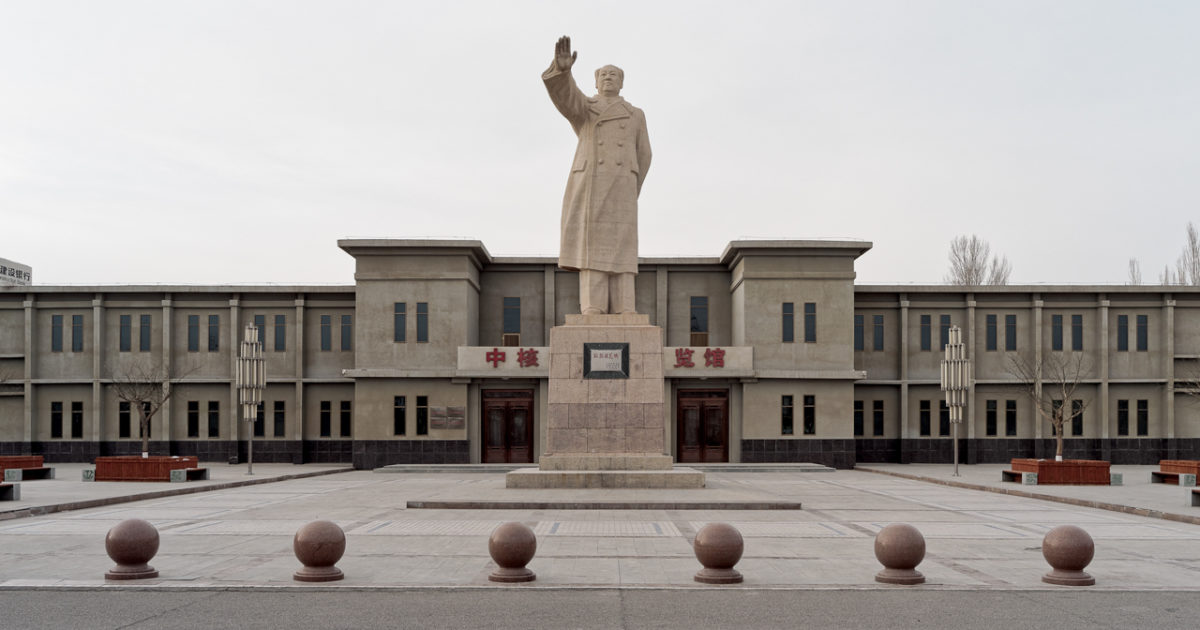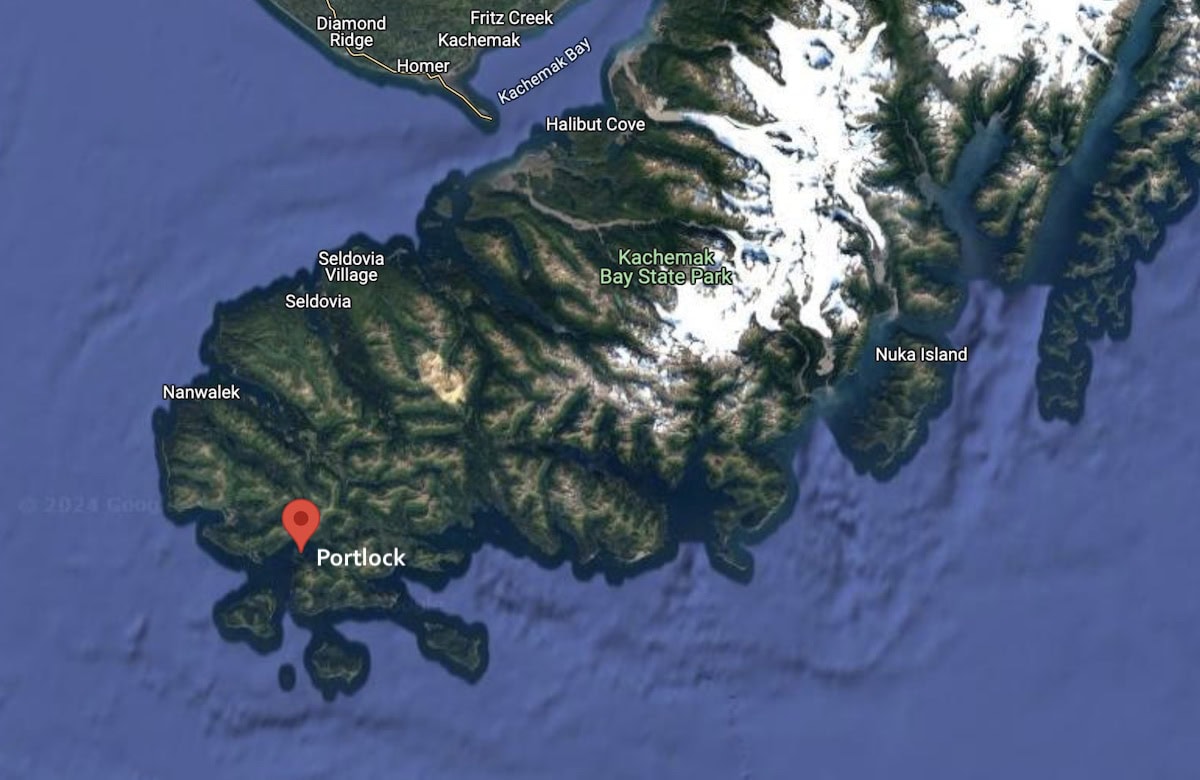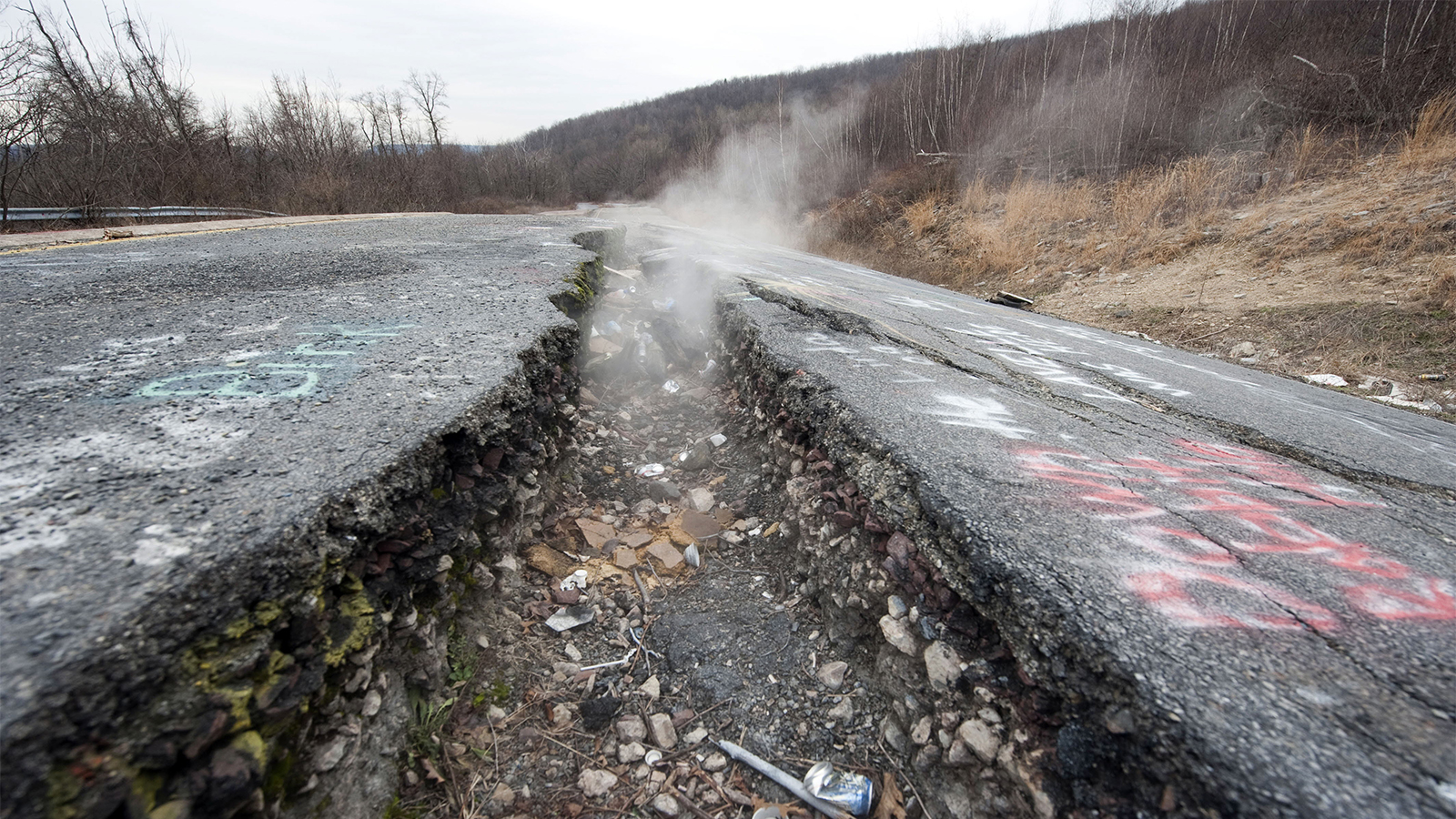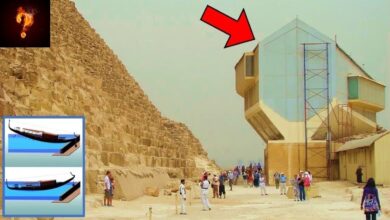The Forbidden Ruins That Historians Are Too Afraid to Explore
**Forbidden Sites Historians Don’t Dare Explore – Part 2**
Beelitz-Heilstätten Hospital, Germany

Beelitz-Heilstätten is an abandoned hospital complex located about 30 miles outside of Berlin. Built in 1898, it was originally intended for tuberculosis patients – a serious medical problem at the time. The hospital consisted of 60 buildings, designed to provide an optimal treatment environment with fresh air and rest.
However, when World War I broke out, it became a military hospital for the German army. Notably, Adolf Hitler was treated here in 1916 after being wounded in the Battle of the Somme. During World War II, the hospital continued to serve the German army, before being occupied by the Soviet Union and used as a military hospital. While much of the complex is now abandoned, some areas are still used for medical purposes. The desolate corridors, peeling paint, broken windows, and rusting equipment create a scene straight out of a horror movie.
Okunoshima Island, Japan
Okunoshima Island, located off the coast of Japan, was once a site for the production of chemical weapons, including 6,000 tons of mustard gas, between 1927 and 1945. After the war, the Japanese government destroyed all records and covered up its dark history. Today, the island is famous for… adorable rabbits! They roam the island, making it a fun destination. However, the abandoned chemical plant is still off-limits due to the risk of chemical contamination.
Henderson Island, South Pacific

Despite being uninhabited, Henderson Island is littered with plastic waste, with a density of 671 pieces of plastic per square meter – the highest ever recorded. This is the result of the South Pacific Current, which carries trash from all over the world. Despite clean-up efforts, with 6 tons of plastic collected in 2019, the problem has not been completely solved.
Diplomat Hotel, Philippines

Once a religious school, the Diplomat Hotel in Baguio, Philippines, became the site of horrific massacres during World War II. After the war, the building was bombed and rebuilt as a hotel, but has been abandoned since 1982. Many locals believe the place is haunted by the spirits of the dead, with eerie sounds often heard at night.
Valley of the Kings, Egypt

Famous as the burial place of Egypt’s pharaohs and powerful nobles, the Valley of the Kings is shrouded in mystery. Some visitors have reported hearing screams, strange sounds, and even seeing King Tutankhamun’s chariot running through the desert. The curse of King Tut’s tomb has also led many to believe that the entire valley is cursed.
City 404, China

Built in 1958, City 404 in Gansu Province was once home to scientists and engineers working on China’s nuclear bomb program. The city had all the amenities of its own government, a television station, and underground defense systems. But by 2006, due to deterioration, it was abandoned and removed from the map.
Portlock, Alaska

Portlock was once a bustling town but was abandoned in 1951 after a series of hunters went missing or were found in a pitiful state. Residents believed a mythical creature called Nanak – similar to Sasquatch – had hunted them down, forcing them to leave.
Capuchin Catacombs, Italy

The Capuchin Catacombs in Palermo, Italy, contain thousands of mummies and skeletons, including Rosalia Lombardo – a young girl who is almost perfectly preserved. Many visitors have reported hearing whispers or feeling the eyes of the mummies following them.
Craco, Italy

Craco was a quaint hilltop village in southern Italy, but landslides and earthquakes in the 20th century turned it into a ghost town.
Centralia, USA

Centralia, Pennsylvania, was abandoned due to a coal mine fire that started in 1962 and still smolders underground. Toxic fumes and sinking ground make it one of the most haunted abandoned places in America.









